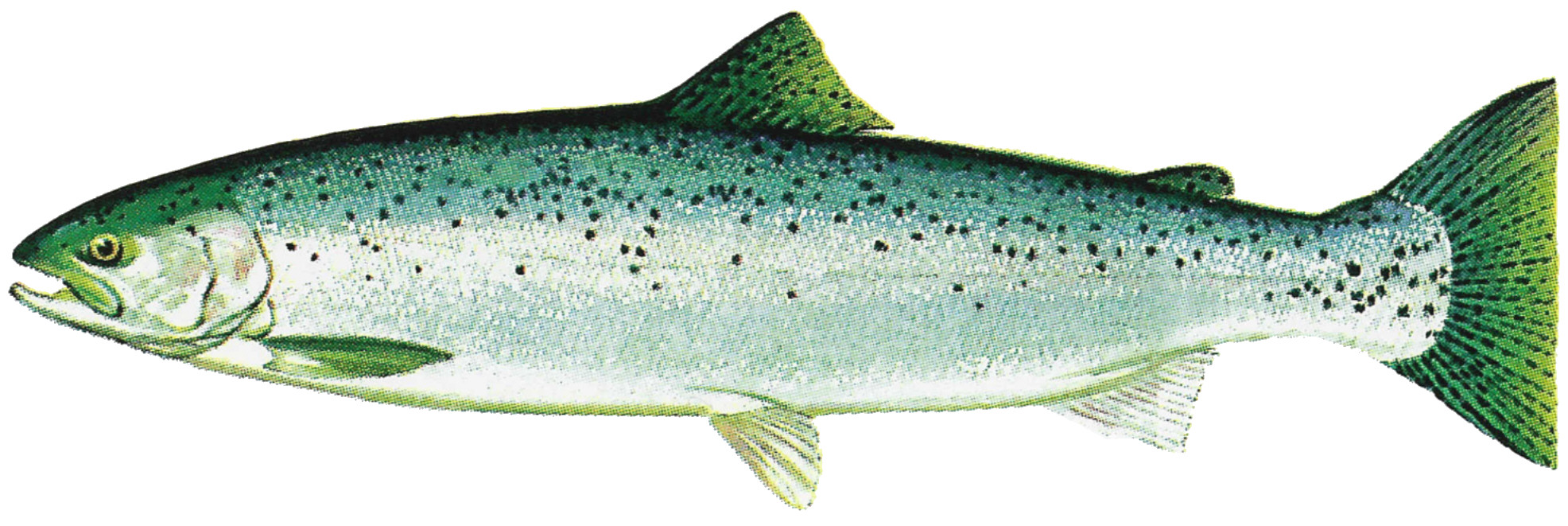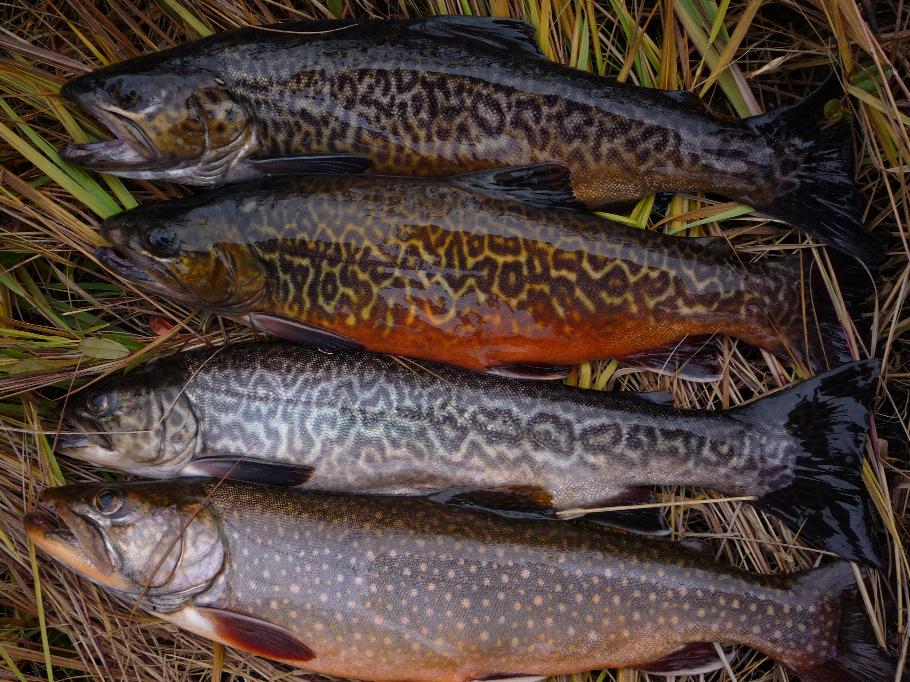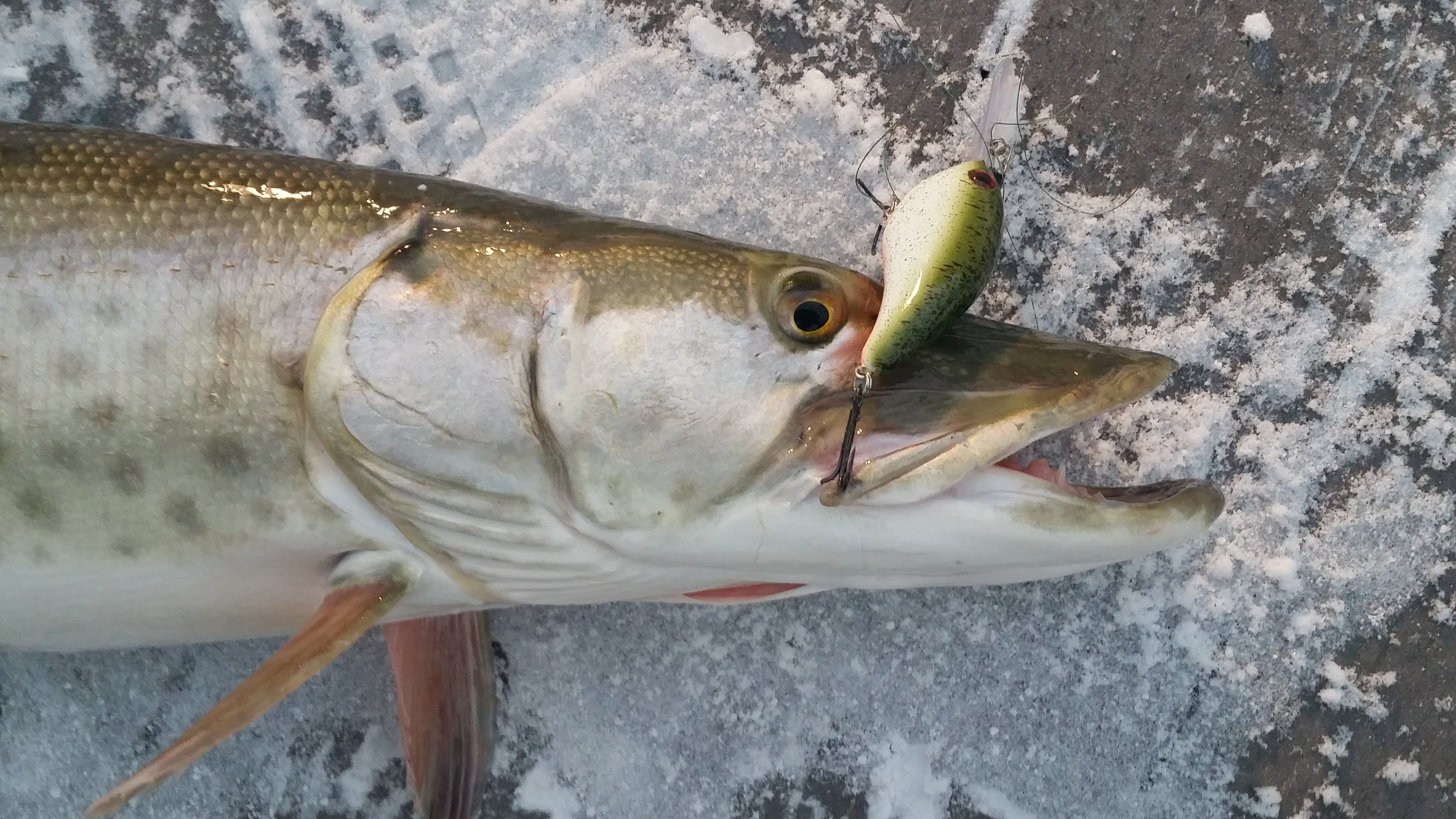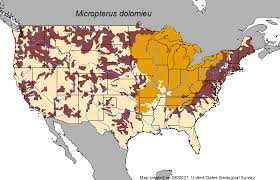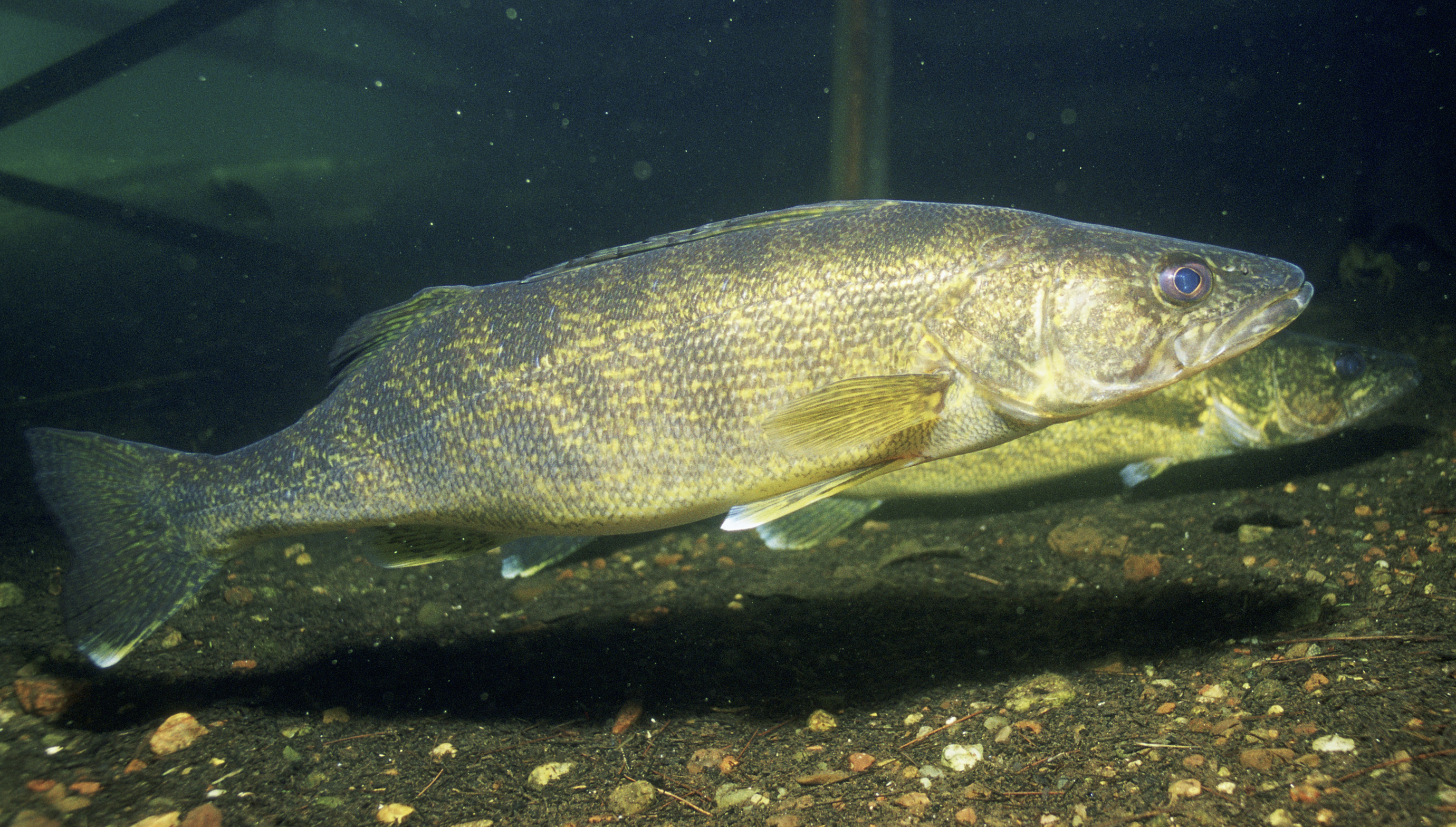|
Elk State Park
Elk State Park is a Pennsylvania state park in Jones Township, Elk County and Sergeant Township, McKean County, Pennsylvania, in the United States. East Branch Clarion River Lake is a man-made lake covering within the park. The lake and streams in the park are stocked with cold and warm water fish. There are of woods open to hunting. Recreation East Branch Clarion River Lake East Branch Clarion River Lake was constructed by the U.S. Army Corps of Engineers by damming the East Branch of the Clarion River. Construction of the rolled earth, impervious core dam was authorized by the Flood Control Act of 1944. The lake is one of sixteen flood control projects administered by the Pittsburgh District of the Army Corps of Engineers. East Branch Clarion River Lake helps to provide flood protection for the Clarion River valley and the lower portions of the Allegheny River and the upper portions of the Ohio River. The dam is upstream from the confluence of the East and West br ... [...More Info...] [...Related Items...] OR: [Wikipedia] [Google] [Baidu] |
List Of Pennsylvania State Forests
There are 20 state forests in the Commonwealth of Pennsylvania in the United States. They are managed by the Pennsylvania Bureau of Forestry, a division of the Pennsylvania Department of Conservation and Natural Resources. A reorganization effective July 1, 2005 shifted territory among several state forests in eastern Pennsylvania, resulting in the elimination of Wyoming State Forest and the creation of Loyalsock State Forest. List of Pennsylvania state forests Former State Forests Former Names of State Forests See also * List of Pennsylvania state forest wild areas * List of Pennsylvania state forest natural areas References External linksPA Bureau of Forestry homepage {{DEFAULTSORT:Pennsylvania state forests Pennsylvania state forests, * Lists ... [...More Info...] [...Related Items...] OR: [Wikipedia] [Google] [Baidu] |
Ohio River
The Ohio River () is a river in the United States. It is located at the boundary of the Midwestern and Southern United States, flowing in a southwesterly direction from Pittsburgh, Pennsylvania, to its river mouth, mouth on the Mississippi River in Cairo, Illinois, Cairo, Illinois. It is the third largest river by discharge volume in the United States and the largest tributary by volume of the Mississippi River. It is also the sixth oldest river on the North American continent. The river flows through or along the border of six U.S. state, states, and its drainage basin includes parts of 14 states. Through its largest tributary, the Tennessee River, the basin includes several states of the southeastern United States. It is the source of drinking water for five million people. The river became a primary transportation route for pioneers during the westward expansion of the early U.S. The lower Ohio River just below Louisville was obstructed by rapids known as the Falls of the Oh ... [...More Info...] [...Related Items...] OR: [Wikipedia] [Google] [Baidu] |
Brown Trout
The brown trout (''Salmo trutta'') is a species of salmonid ray-finned fish and the most widely distributed species of the genus ''Salmo'', endemic to most of Europe, West Asia and parts of North Africa, and has been widely introduced globally as a game fish, even becoming one of the world's worst invasive species outside of its native range. Brown trout are highly adaptable and have evolved numerous ecotypes/subspecies. These include three main ecotypes: a riverine ecotype called river trout or ''Salmo trutta'' morpha ''fario''; a lacustrine ecotype or ''S. trutta'' morpha ''lacustris'', also called the lake trout (not to be confused with the lake trout in North America); and anadromous populations known as the sea trout or ''S. trutta'' morpha ''trutta'', which upon adulthood migrate downstream to the oceans for much of its life and only returns to fresh water to spawn in the gravel beds of headstreams. Sea trout in Ireland and Great Britain have many regional names: ... [...More Info...] [...Related Items...] OR: [Wikipedia] [Google] [Baidu] |
Rainbow Trout
The rainbow trout (''Oncorhynchus mykiss'') is a species of trout native to cold-water tributary, tributaries of the Pacific Ocean in North America and Asia. The steelhead (sometimes called steelhead trout) is an Fish migration#Classification, anadromous (sea-run) form of the coastal rainbow trout or Columbia River redband trout that usually returns to freshwater to Spawn (biology), spawn after living two to three years in the ocean. Adult freshwater stream rainbow trout average between , while lake-dwelling and anadromous forms may reach . Coloration varies widely based on subspecies, forms, and habitat. Adult fish are distinguished by a broad reddish stripe along the lateral line, from gills to the tail, which is most vivid in breeding males. Wild-caught and Fish hatchery, hatchery-reared forms of the species have been transplanted and introduced for food or sport in at least 45 countries and every continent except Antarctica. Introductions to locations outside their nativ ... [...More Info...] [...Related Items...] OR: [Wikipedia] [Google] [Baidu] |
Lake Trout
The lake trout (''Salvelinus namaycush'') is a freshwater Salvelinus, char living mainly in lakes in Northern North America. Other names for it include mackinaw, namaycush, lake char (or charr), touladi, togue, laker, and grey trout. In Lake Superior, it can also be variously known as siscowet, paperbelly and lean. The lake trout is prized both as a game fish and as a Fish as food, food fish. Those caught with dark coloration may be called ''mud hens''. Taxonomy and etymology It is the only member of the subgenus ''Cristovomer'', which is more derived than the subgenus ''Salvelinus#Taxonomy, Baione'' (the most Basal (phylogenetics), basal clade of ''Salvelinus'', containing the brook trout (''S. fontinalis'') and silver trout (''S. agasizii'')) but still basal to the other members of ''Salvelinus''. The binominal nomenclature, specific epithet ''namaycush'' derives from ''namekush'', a form of the word used in some inland Southern East Cree language, Southern East Cree commun ... [...More Info...] [...Related Items...] OR: [Wikipedia] [Google] [Baidu] |
Brook Trout
The brook trout (''Salvelinus fontinalis'') is a species of freshwater fish in the char genus ''Salvelinus'' of the salmon family Salmonidae native to Eastern North America in the United States and Canada. Two ecological forms of brook trout have been recognized by the US Forest Service. One ecological form is long-lived potamodromous populations in Lake Superior known as coaster trout or coasters. The second ecological form is the short-living predaceous anadromous populations which are found in northern lakes and coastal rivers from Long Island to Hudson Bay, which are referred to as salters. In parts of its range, it is also known as the eastern brook trout, speckled trout, brook char (or charr), squaretail, brookie, or mud trout, among others. Adult coaster brook trout are capable of reaching sizes over 2'' ''feet in length and weigh up to 6.8'' ''kg (15'' ''lb), whereas adult salters average between 6 and 15'' ''inches in length and weigh between 0. ... [...More Info...] [...Related Items...] OR: [Wikipedia] [Google] [Baidu] |
Muskellunge
The muskellunge (''Esox masquinongy''), often shortened to muskie, musky, ski, or lunge, is a species of large freshwater predatory fish native to North America. It is the largest member of the pike family, Esocidae. Origin of name The name "muskellunge" originates from the Ojibwe words ''maashkinoozhe'' meaning "great fish", ''mji-gnoozhe,'' ''maskinoše'', or ''mashkinonge,'' meaning "bad pike", "big pike", or "ugly pike" respectively. The Algonquin word ''maskinunga'' is borrowed into the Canadian French words ''masquinongé'' or ''maskinongé''. In English, before settling on the common name "muskellunge", there were at least 94 common names applied to this species, including but not limited to: ''muskelunge'', ''muscallonge'', ''muskallonge'', ''milliganong'', ''maskinonge'', ''maskalonge'', ''mascalonge'', ''maskalung'', ''muskinunge'' and ''masquenongez''. Description Muskellunge closely resemble other esocids such as the northern pike (''Esox lucius'') and Ame ... [...More Info...] [...Related Items...] OR: [Wikipedia] [Google] [Baidu] |
Smallmouth Bass
The smallmouth bass (''Micropterus dolomieu'') is a species of freshwater fish in the Centrarchidae, sunfish family (biology), family (Centrarchidae) of the order (biology), order Centrarchiformes. It is the type species of its genus ''Micropterus'' (black basses), and is a popular game fish sought by anglers throughout the temperate zones of North America, and has been spread by fish stocking, stocking —as well as illegal introduced species, introductions—to many cool-water tributaries and lakes in Canada and more so introduced in the United States. The maximum recorded size is approximately and . The smallmouth bass is native to the upper and middle Mississippi River basin, the Saint Lawrence River–Great Lakes system, the Champlain Valley, and the Hudson Bay basin. Its common names include smallmouth, bronzeback, brown bass, brownie, smallie, bronze bass, and bareback bass. Description Smallmouth have a slender but muscular fusiform body shape making them powerful ... [...More Info...] [...Related Items...] OR: [Wikipedia] [Google] [Baidu] |
Walleye
The walleye (''Sander vitreus'', Synonym (taxonomy), synonym ''Stizostedion vitreum''), also called the walleyed pike, yellow pike, yellow pikeperch or yellow pickerel, is a freshwater perciform fish native to most of Canada and to the Northern United States. It is a North American close relative of the European zander, also known as the pikeperch. The walleye is sometimes called the yellow walleye to distinguish it from the blue walleye, which is a color morph that was once found in the southern Ontario and Quebec regions, but is now presumed extinct. However, recent genetic analysis of a preserved (frozen) 'blue walleye' sample suggests that the blue and yellow walleye were simply phenotypes within the same species and do not merit separate taxonomic classification. In parts of its range in English-speaking Canada, the walleye is known as a pickerel, though the fish is not related to the true Esox, pickerels, which are members of the family ''Esocidae''. It is also sometimes c ... [...More Info...] [...Related Items...] OR: [Wikipedia] [Google] [Baidu] |
Fisherman
A fisherman or fisher is someone who captures fish and other animals from a body of water, or gathers shellfish. Worldwide, there are about 38 million Commercial fishing, commercial and Artisan fishing, subsistence fishers and Fish farming, fish farmers. Fishermen may be professional or Recreational fishing, recreational. Fishing has existed as a means of obtaining food since the Mesolithic period.Early humans followed the coast BBC News articles History  Fishing has existed as a means of obtaining food since the Mesolithic period. Fishing had become a major means of sur ...
Fishing has existed as a means of obtaining food since the Mesolithic period. Fishing had become a major means of sur ...
[...More Info...] [...Related Items...] OR: [Wikipedia] [Google] [Baidu] |
Pennsylvania Department Of Conservation And Natural Resources
The Pennsylvania Department of Conservation and Natural Resources (DCNR), established in 1995, is the agency in the U.S. state of Pennsylvania responsible for maintaining and preserving the state's 124 state parks and 20 state forests; providing information on the state's natural resources; and working with communities to benefit local recreation and natural areas. The agency has its headquarters in the Rachel Carson State Office Building in Harrisburg. History The department was formed on July 1, 1995 when then-governor Tom Ridge split the Department of Environmental Resources (DER) into the DCNR and Department of Environmental Protection (DEP). Budget, staff Organization and leadership Bureaus The DCNR comprises the following subunits: * Deputy Secretary for Parks and Forestry ** Bureau of State Parks ** Bureau of Forestry * Deputy Secretary for Conservation and Technical Services *** Nathan Flood ** Bureau of Geological Survey ** Bureau of Recreation and Conservation * ... [...More Info...] [...Related Items...] OR: [Wikipedia] [Google] [Baidu] |
Aquatic Ecosystem
An aquatic ecosystem is an ecosystem found in and around a body of water, in contrast to land-based terrestrial ecosystems. Aquatic ecosystems contain communities of organisms—aquatic life—that are dependent on each other and on their environment. The two main types of aquatic ecosystems are marine ecosystems and freshwater ecosystems. Freshwater ecosystems may be lentic (slow moving water, including pools, ponds, and lakes); lotic (faster moving water, for example streams and rivers); and wetlands (areas where the soil is saturated or inundated for at least part of the time). Types Marine ecosystems Marine coastal ecosystem Marine surface ecosystem Freshwater ecosystems Lentic ecosystem (lakes) Lotic ecosystem (rivers) Wetlands Functions Aquatic ecosystems perform many important environmental functions. For example, they recycle nutrients, purify water, attenuate floods, recharge ground water and provide habitats for wildlife. The biota of an aqu ... [...More Info...] [...Related Items...] OR: [Wikipedia] [Google] [Baidu] |

